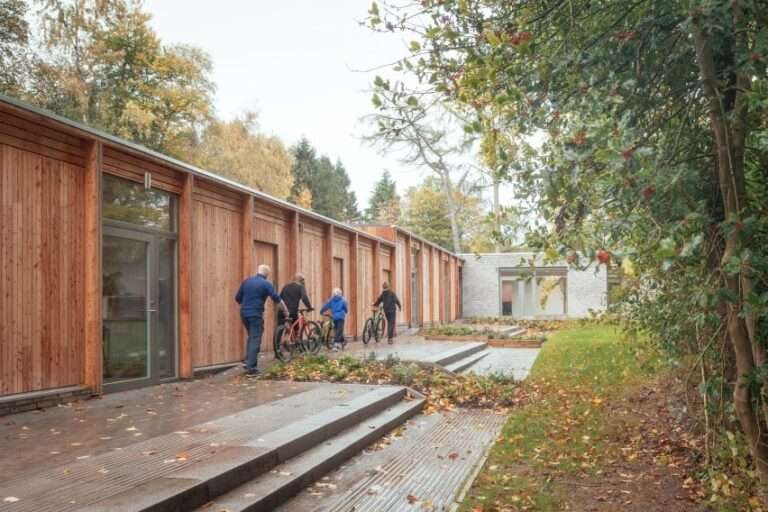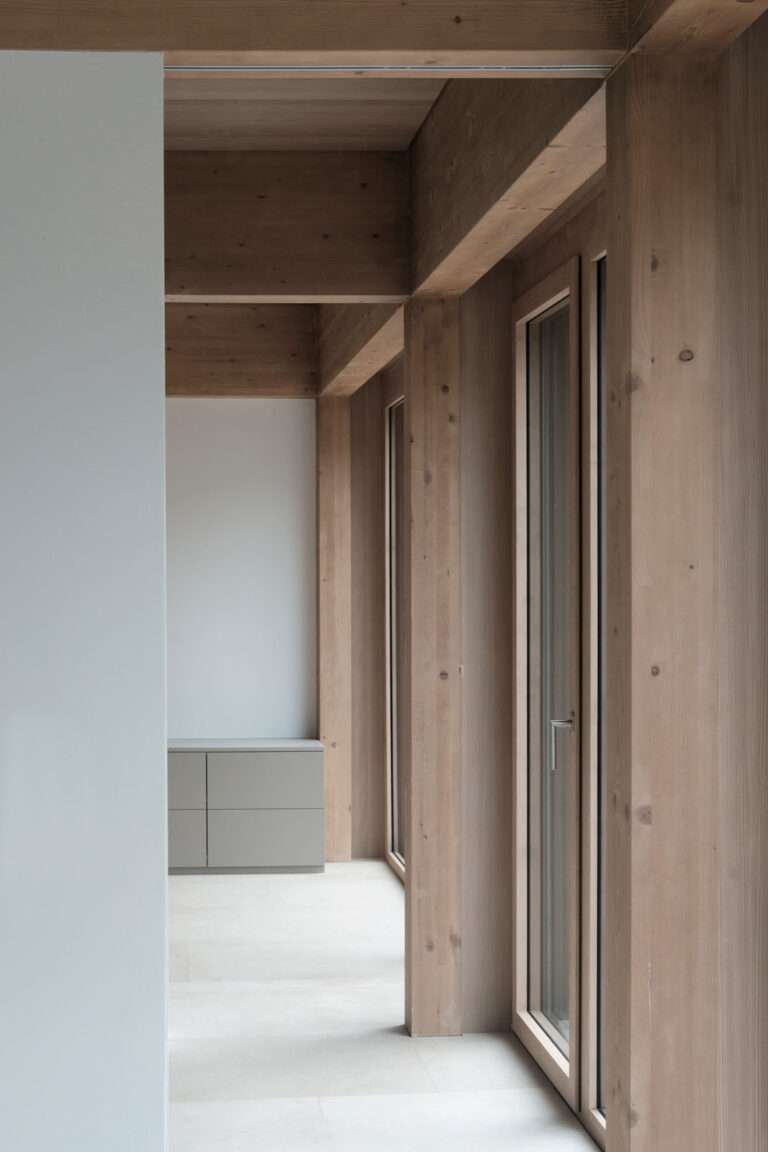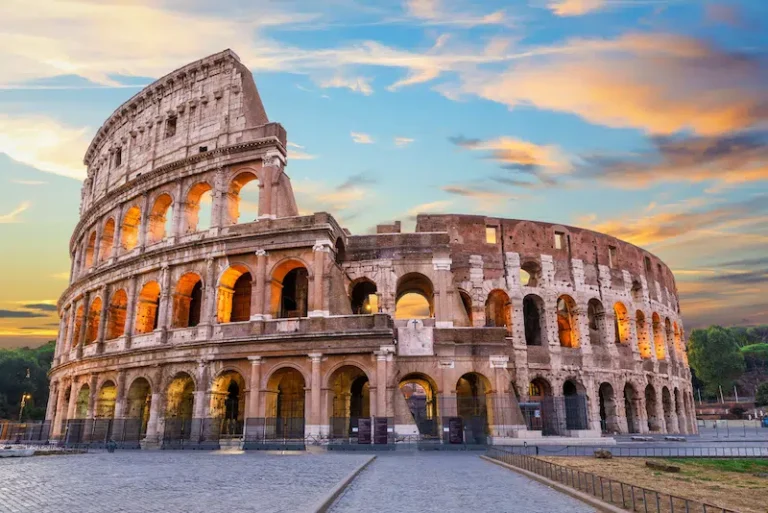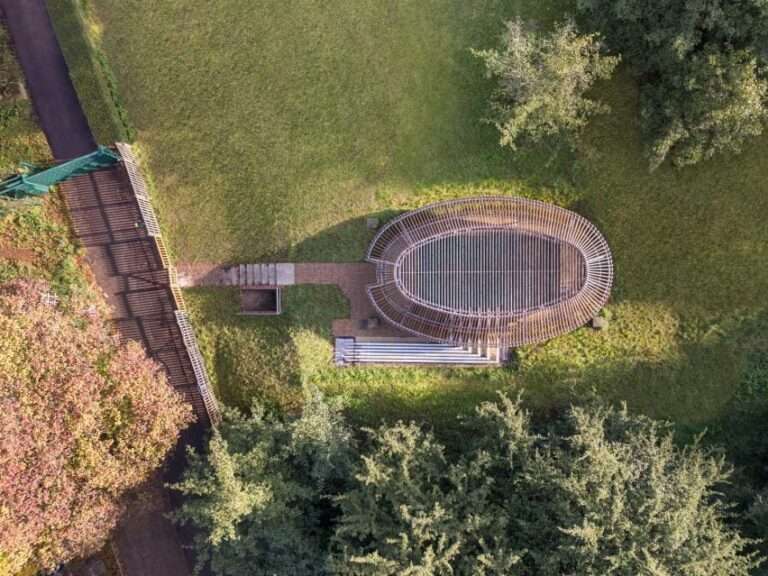American stage and industrial designer, director and producer Norman Bel Geddes (1893-1958) worked on a theatrical staging of Dante Alighieri’s The Divine Comedy to be performed in Madison Square Garden in 1921 on the sexcentenary of Dante’s death. Geddes planned the dramatization, the set design, and the production script for the play at the same time. The performance never took place, but in 1924 Geddes published A Project for a Theatrical Presentation of the Divine Comedy of Dante Alighieri, a book that testifies Geddes’ creative efforts put into this project and his design method.
Geddes started his work by analysing Charles Eliot Norton’s translation of Dante’s book and selecting a series of scenes from the Inferno, the Purgatory and the Paradise that could be visually and spatially translated. He would then spend approximately two years developing a full-scale wooden model of the set for the Divine Comedy production to test the different scenes, the lighting, the effects. Photographs by Francis Bruguière documented the scenes as staged on the model.
The stage would be circular, with concentric, stepped layers; four stairs, symmetrical by groups of two, would be hidden into mountainous forms.

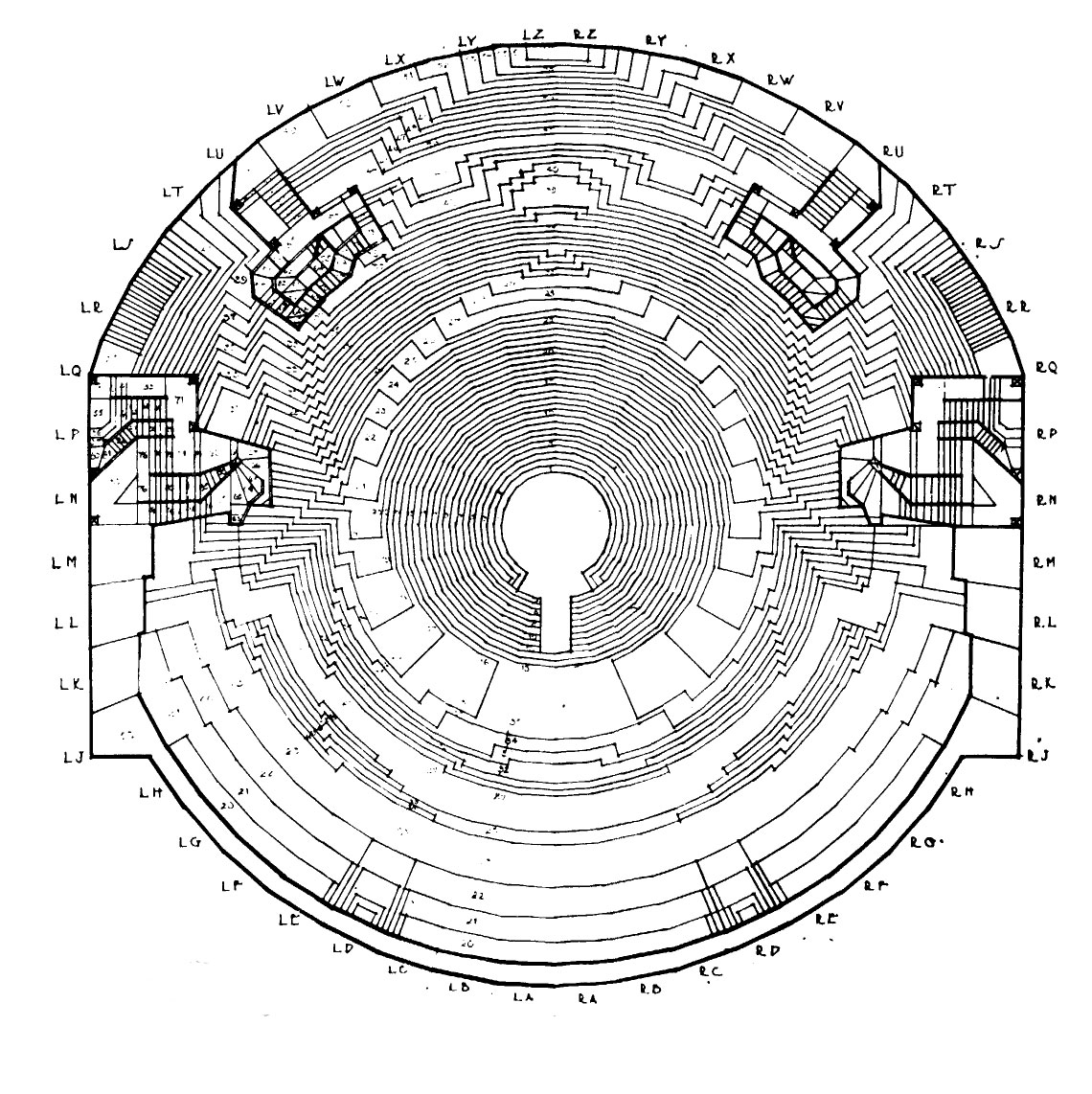

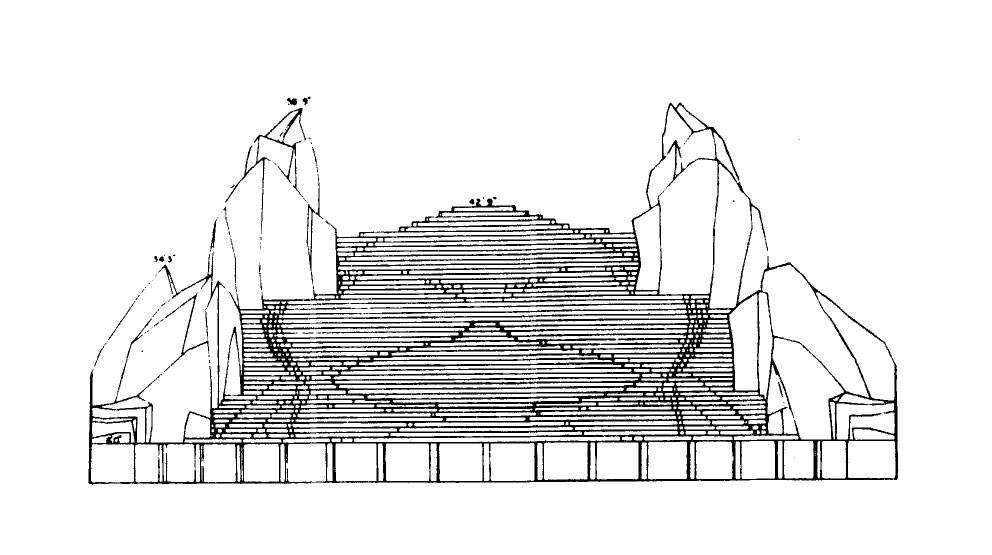
The set would thus be a monumental device (41 by 50 m) aimed to follow and reinterpret a series of visual and spatial visualizations of Dante’s Divine Comedy. In these, concentric steps are extruded at different heights to represent the descending and ascending logics of the circles of hell and heaven. The stage form acquires a symbolic meaning through mirroring Dante’s narrative structure and his description of hell’s and heaven’s topography. The stage would allow the unity of space through the whole play and dramatic background for the ever-changing movements of the actors.
Far from being a purely descriptive backdrop, the set was influenced by the expressionist theatre as it is particularly evident in the sketches and in the models’ photos, with a particular emphasis played, in the design, on lighting and on the abstract and symbolic meanings.


Project for a theatrical presentation of the Divine Comedy of Dante Alighieri. Sketch plan.
New York, Theatre Arts, 1924


Project for a theatrical presentation of the Divine Comedy of Dante Alighieri. Plan and axonometric section.
New York, Theatre Arts, 1924

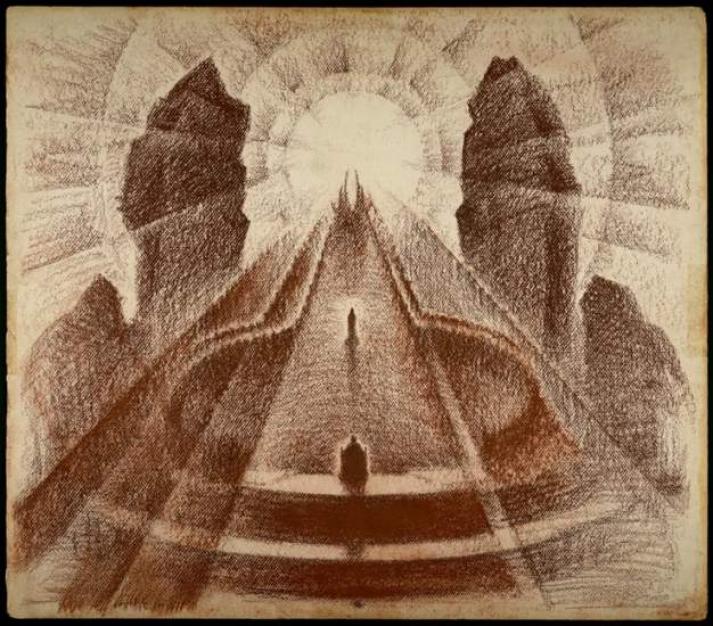
Project for a theatrical presentation of the Divine Comedy of Dante Alighieri. Drawing.
New York, Theatre Arts, 1924


Project for a theatrical presentation of the Divine Comedy of Dante Alighieri. Drawing,.
New York, Theatre Arts, 1924

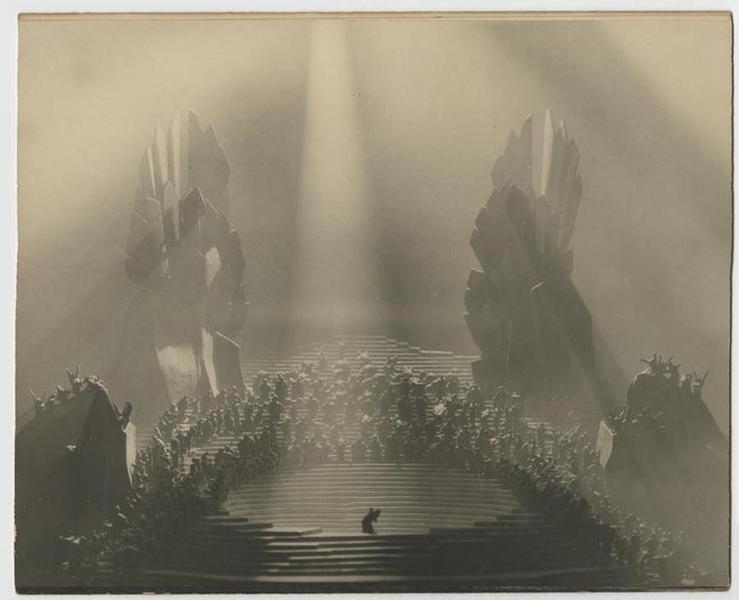
Lighted model for Divine Comedy
Ca. 1924
Gelatin silver print

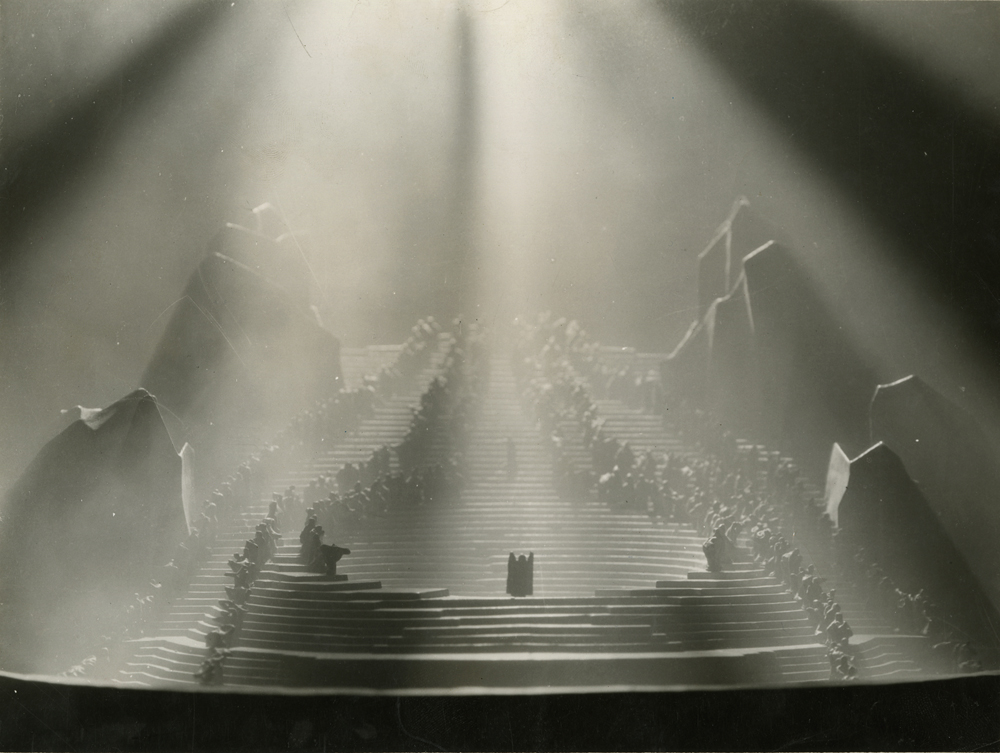
Lighted model for Divine Comedy
Ca. 1924
Gelatin silver print
Antonio Manetti’s and Sandro Botticelli’s depictions:



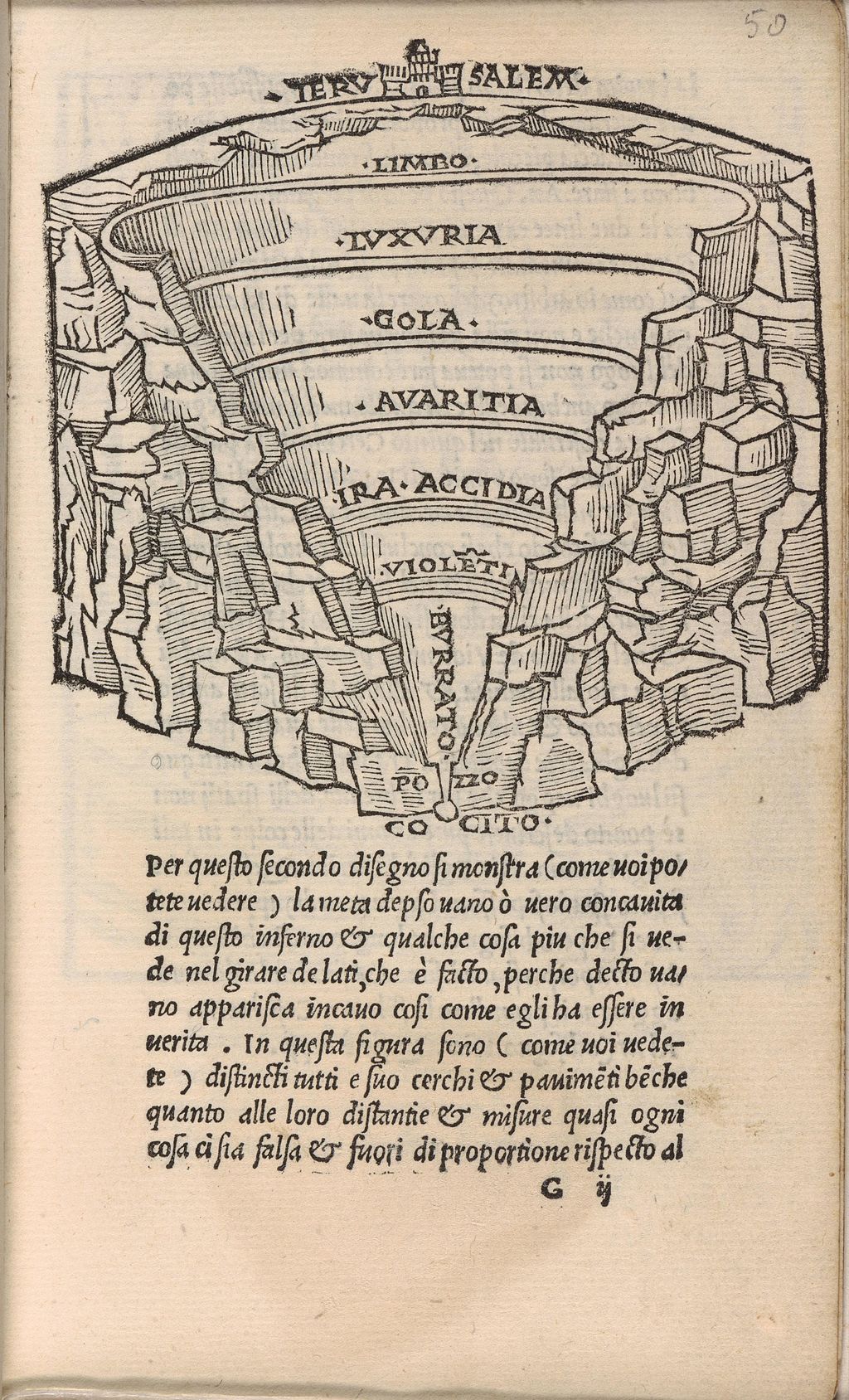

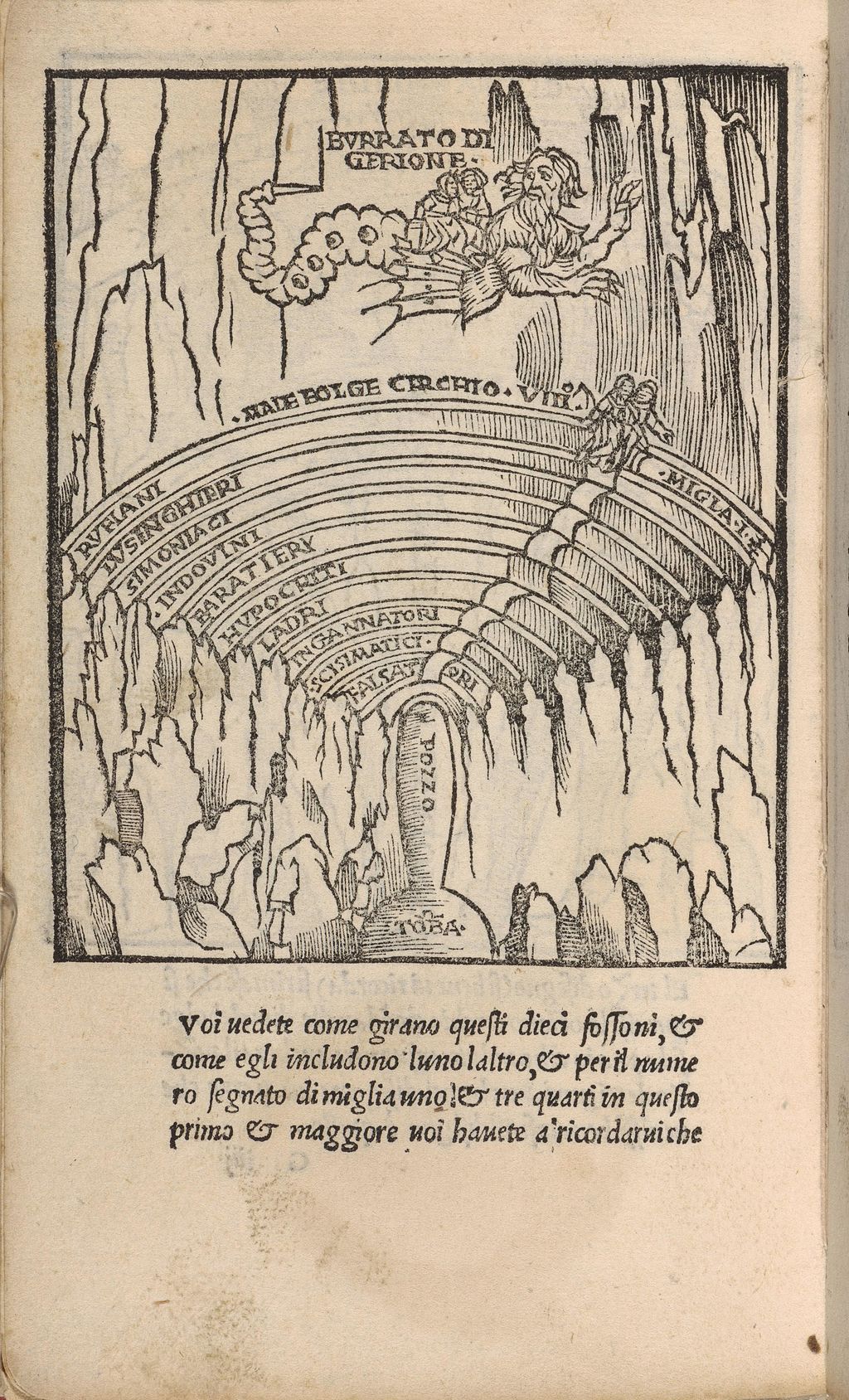


<!–
–>
